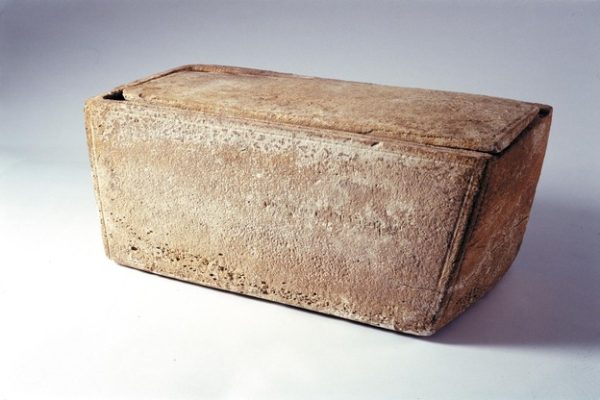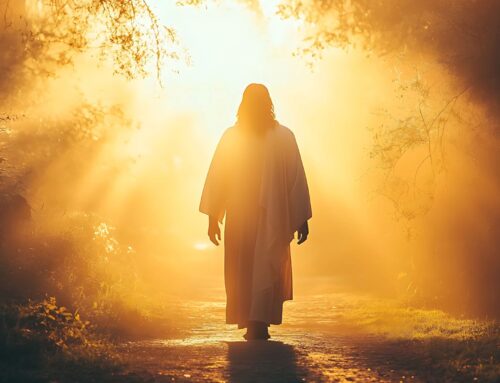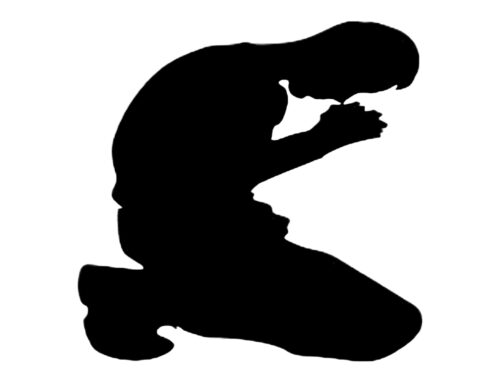Nancy and I were privileged to travel to Israel in 2018 and visit many biblical sites both in Galilee as well as in Jerusalem. It was an incredible faith journey as we literally walked in the footsteps of the Jesus.
One of the highlights for me was to visit the Israel Museum. We saw clay seals of Queen Jezebel and King Hezekiah and some Dead Sea Scrolls. We gazed on King Herod’s coffin as well as the ancient inscription which helped to verify King David’s existence. Also on display was the oldest portion of written Hebrew Scripture featuring the priestly blessing from Numbers 6 engraved on a silver amulet.
There were many other exceptional items from both Old and New Testament excavations, but one piece was particularly powerful. Near an ankle bone still pierced with a crucifixion nail sat a beautiful stone ossuary.
 An ossuary is a bone box about the size of a storage trunk. After a relative died, Jews wrapped the body in linen with spices as was done for Jesus. They would then lay the body in a stone tomb while the flesh rotted away. After a year or so, they returned to place the bare bones in a stone chest called an ossuary. Bones from several relatives were often placed in the same ossuary over many years.
An ossuary is a bone box about the size of a storage trunk. After a relative died, Jews wrapped the body in linen with spices as was done for Jesus. They would then lay the body in a stone tomb while the flesh rotted away. After a year or so, they returned to place the bare bones in a stone chest called an ossuary. Bones from several relatives were often placed in the same ossuary over many years.
This particular ossuary was ornately carved from beautiful white limestone and was found when a construction bulldozer unexpectedly opened the tomb that contained it in 1990. Inside were bones of two infants, two teenagers, one adult female and one male about 60 years old. All were reinterred in the Jewish cemetery on the Mount of Olives. But what makes this ossuary exceptional are two inscriptions on it that read, “Joseph, son of Caiaphas.”
Caiaphas is mentioned by Matthew, Luke, and John as the High Priest who presided over Jesus’ religious trials and led the others to convince Pilate to crucify Jesus. Later in the book of Acts, Caiaphas spearheaded persecution of Jesus’ followers.
References to Caiaphas are sparse outside the Bible, but this discovery is convincing since the burial chamber was typical from the time that he would have died. The intricate ornamentation indicates it belonged to someone of great financial, religious, and political stature. Although it’s impossible to be completely certain, it’s very probable that the bones of the adult male in this ossuary are those of this infamous High Priest.
Aside from verifying the existence of a key player in Jesus’ crucifixion, the most moving aspect of this ancient relic is the irony involved. Although Caiaphas sought to keep Jesus in His tomb, it is still empty, while his own bone-filled ossuary has been put on public display. Don’t tell me God doesn’t have a sense of humor.
As we reflect on the evidence both inside and outside the Bible, may we understand, believe, and appreciate that Jesus did in fact rise from the dead while those who sought to destroy Him still languish in their graves. Blessings!
George Bowers – CBC Executive Board member




